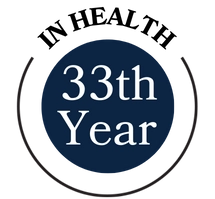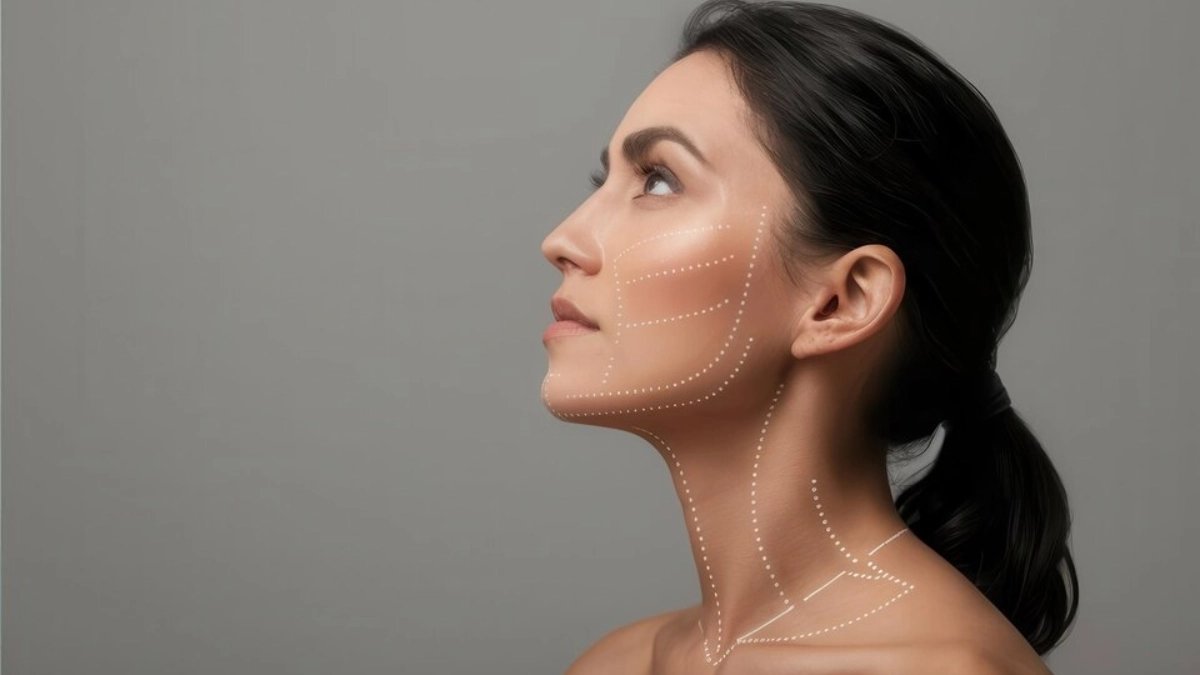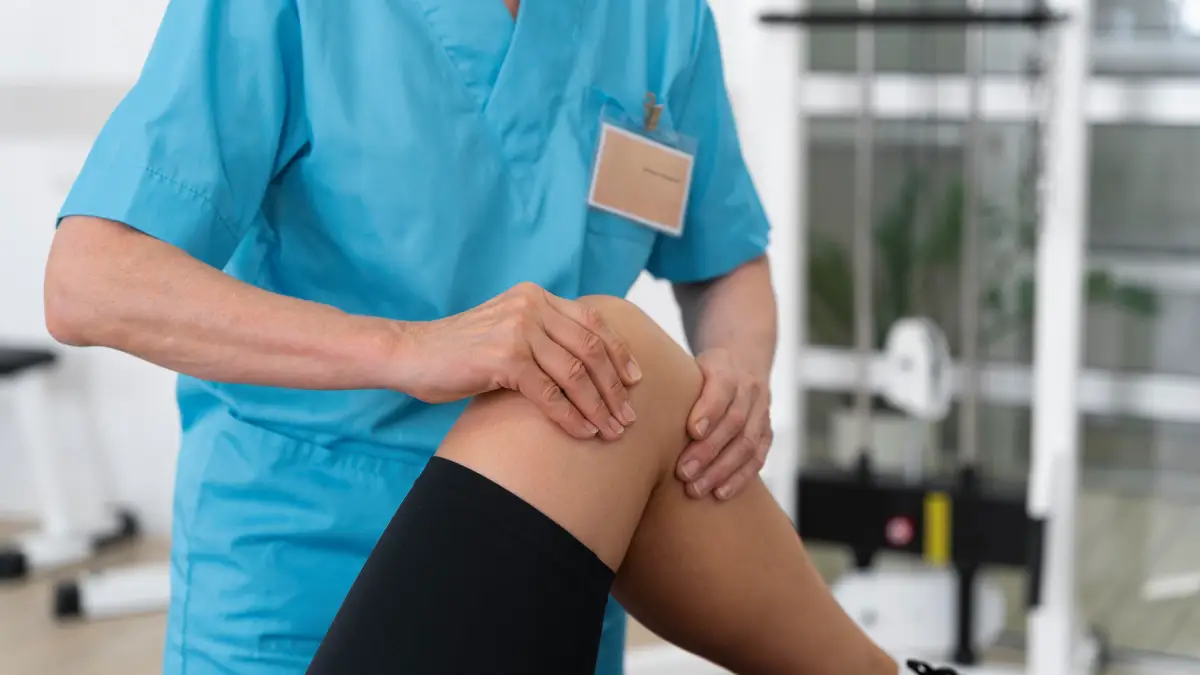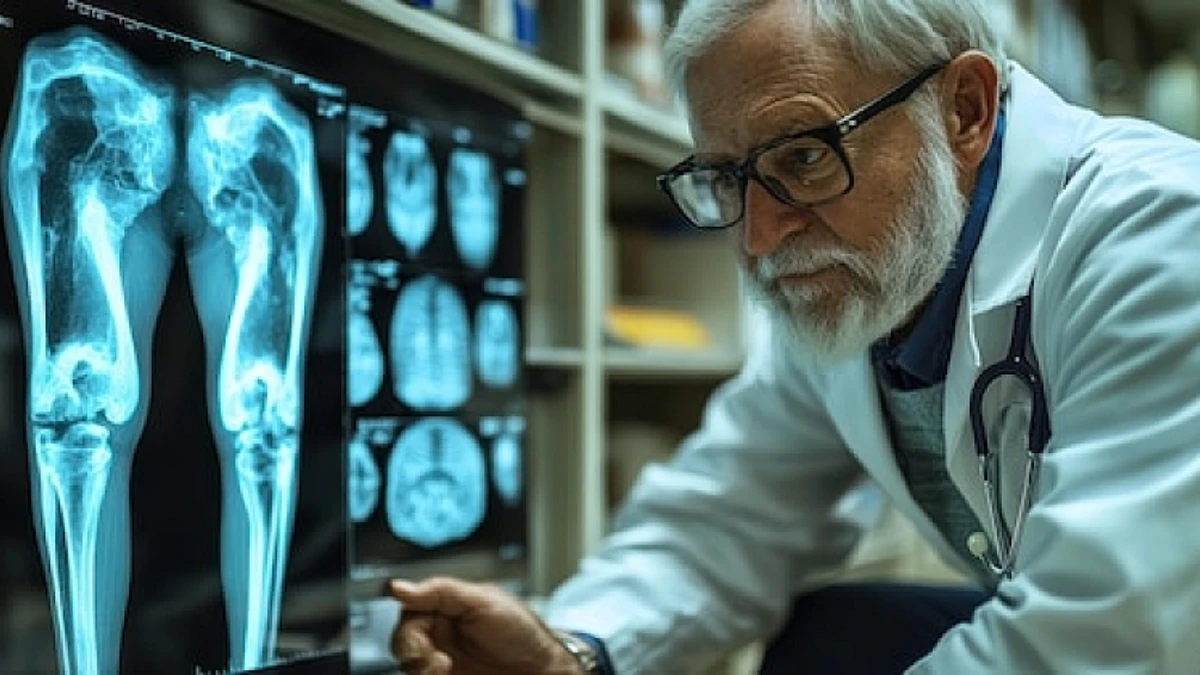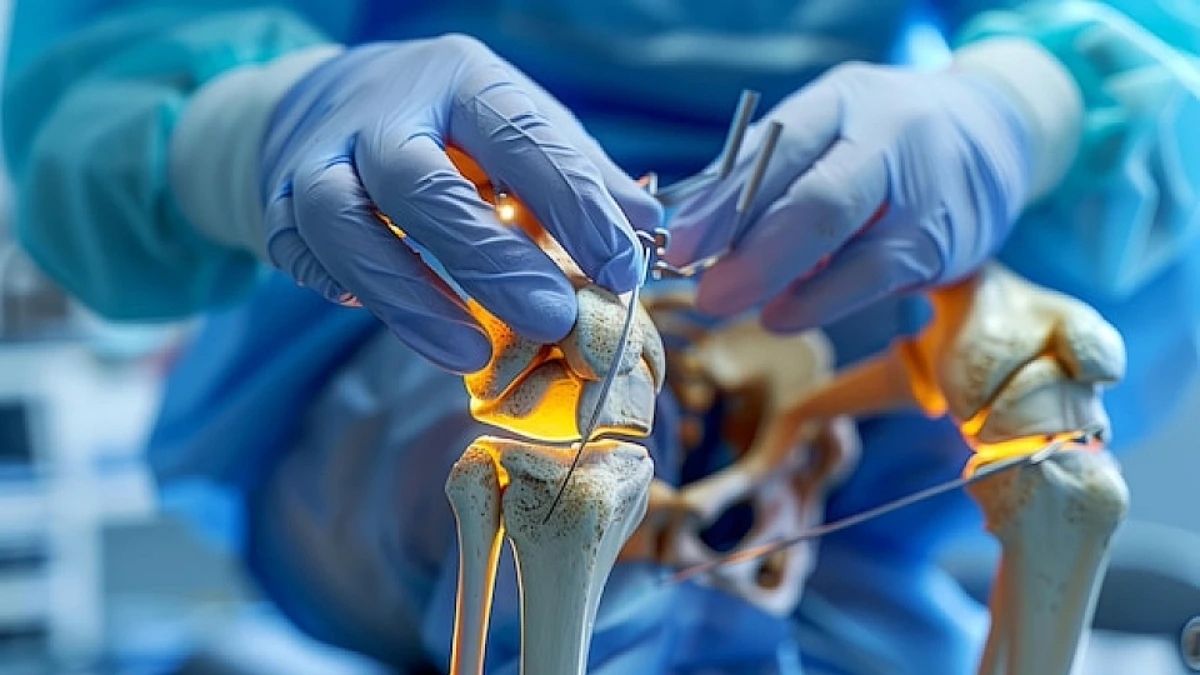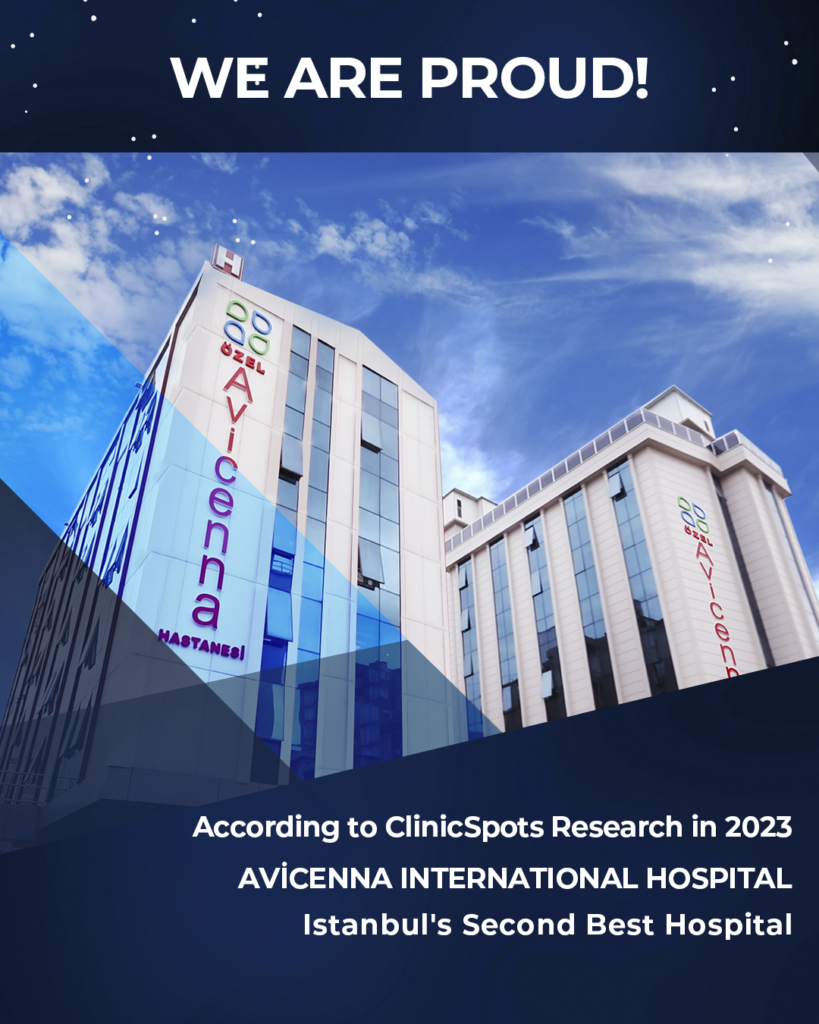What Is An Endoscopic Facelift?
An endoscopic facelift is a minimally invasive cosmetic procedure designed to address sagging and aging in the mid-face region.
Unlike traditional facelifts that require long incisions and extensive skin pulling, this modern technique uses tiny instruments
and an endoscopic camera inserted through small incisions hidden in the scalp. The goal is to elevate and reposition underlying
muscles and soft tissues, particularly in the cheeks and nasolabial folds, for a more youthful, refreshed appearance.
Because the approach is less traumatic to the skin, patients experience faster recovery, less bruising, and minimal visible scarring.
This method is especially popular among patients aged 35–55 looking for subtle yet effective rejuvenation without the downtime
associated with conventional facelifts. In Turkey, the procedure is gaining popularity due to the availability of skilled surgeons
and high-standard facilities.
Benefits Of Endoscopic Facelift
The endoscopic facelift offers several significant benefits over traditional facelift techniques.
First, the smaller incisions—typically placed within the hairline—mean reduced scarring and a more discreet healing process.
Second, the minimally invasive approach leads to quicker recovery times; many patients return to normal activities
within 7–10 days. Third, this method targets deeper tissues and musculature, creating longer-lasting and more natural-looking results.
Additionally, patients often report less postoperative discomfort, swelling, and bruising.
When performed by a skilled plastic surgeon, the endoscopic facelift combines cosmetic precision with functional safety.
For individuals seeking rejuvenation in Istanbul, this technique provides an ideal blend of effectiveness, safety, and aesthetic results.
Endoscopic Facelift Vs Other Techniques
Compared to other facial rejuvenation techniques, the endoscopic facelift stands out for its subtlety and precision.
While the SMAS facelift targets deeper facial layers through more extensive incisions, it often results in longer recovery
and more visible scarring. Thread lifts, on the other hand, offer only temporary lifting and are best for mild sagging,
but results typically last only 12–18 months. The endoscopic facelift bridges the gap by providing natural-looking,
mid-face elevation with lasting results and minimal invasion. Similarly, brow lifts may address upper facial sagging,
but do not significantly impact the cheeks or jawline. Patients seeking balanced rejuvenation of the mid-face often
choose endoscopic techniques for their safety, efficiency, and long-term benefits.
Who Is An Ideal Candidate?
Ideal candidates for an endoscopic facelift are typically individuals between the ages of 35 and 55 who are beginning to experience
sagging in the mid-face region. These patients often notice deepening nasolabial folds, slight jowl formation, or loss of volume
in the cheeks. Importantly, candidates should have good skin elasticity and be in overall good health to ensure optimal healing.
The procedure is especially suitable for those who prefer a minimally invasive approach and are not yet ready for a full lower facelift.
Smokers or individuals with significant medical conditions may need a personalized consultation to assess their suitability.
A board-certified plastic surgeon can help determine whether this technique is appropriate based on facial structure, skin quality,
and cosmetic goals.
How The Procedure Is Performed: Step By Step
The endoscopic facelift procedure involves several precise steps to ensure natural-looking results. After a thorough consultation
and planning session, the surgeon marks the areas of concern. Under local or general anesthesia, tiny incisions are made within
the scalp or hairline. Through these, an endoscopic camera and specialized instruments are inserted to visualize and elevate
the deeper facial tissues. Once the underlying structures are repositioned, the incisions are closed carefully to minimize scarring.
The entire procedure usually takes 1.5 to 3 hours depending on the extent of correction. Patients are typically discharged the same day
and receive detailed post-operative instructions to facilitate smooth recovery and optimal healing.
Recovery Timeline & Aftercare Tips
Recovery from an endoscopic facelift is generally quicker and less uncomfortable than traditional facelift surgery.
Most patients can resume light activities within a week and return to work in 10–14 days. Swelling and bruising are usually mild
and resolve within two weeks. To aid recovery, surgeons may recommend cold compresses, sleeping with the head elevated,
and avoiding strenuous activity. Patients should also follow detailed aftercare instructions, including wound care and medication use,
to minimize risks. Although results may become visible within a few weeks, final outcomes typically emerge after 2–3 months
as tissues fully settle. This relatively fast recovery makes the procedure highly appealing to busy international patients.
How Long Do The Results Last?
The results of an endoscopic facelift are long-lasting, typically remaining visible for 5 to 10 years depending on factors such as skin quality, age, and lifestyle.
Because this technique focuses on lifting and repositioning the deeper facial tissues—not just tightening the surface skin—it provides more durable and natural-looking outcomes.
Patients who maintain a healthy lifestyle, follow aftercare instructions, and protect their skin from sun damage often see extended benefits.
Compared to temporary solutions like thread lifts or injectable fillers, an endoscopic facelift offers a structural improvement to the mid-face area, making it one of the most reliable options for long-term facial rejuvenation.
Although aging continues naturally, many patients experience a refreshed and youthful appearance for several years without the need for touch-ups.
What To Expect At Your First Consultation
Your first consultation for an endoscopic facelift marks the beginning of your personalized care journey.
During this session, the plastic surgeon will assess your facial anatomy, skin condition, and aesthetic goals.
They’ll also review your medical history to ensure you’re a suitable candidate for surgery.
At Avicenna International Hospital, consultations may include digital facial imaging to help visualize potential results.
You’ll have the chance to ask questions about the procedure, recovery, and outcomes.
International patients also receive guidance on accommodation and pre-op travel arrangements.
To get started, simply visit our Contact Page and book your free consultation online.
Is Endoscopic Facelift Safe For International Patients?
Endoscopic facelift surgery is considered safe for international patients, especially when performed at accredited hospitals like Avicenna International Hospital.
Turkey has strict healthcare regulations and internationally trained surgeons who specialize in facial rejuvenation.
Many clinics also provide multilingual care teams to support non-Turkish-speaking patients throughout the process.
To ensure safety, your surgeon will evaluate your health history and perform pre-operative assessments before approving you for surgery.
Avicenna’s dedicated patient coordinators help with everything from airport pickup to accommodation planning.
For those coming from abroad, this level of guidance ensures a smooth and secure medical experience.
Endoscopic Facelift For Male Patients
While endoscopic facelift techniques are commonly associated with female patients, more men are now choosing this procedure to maintain a youthful, natural appearance.
The surgery helps redefine the jawline, lift sagging cheeks, and smooth out nasolabial folds—without creating an overdone look.
At Avicenna International Hospital, treatment plans are customized based on facial anatomy, skin texture, and aesthetic goals.
Discreet incision placement and a minimally invasive approach make this procedure particularly appealing to male patients who want subtle yet effective facial enhancement.
Combining With Other Procedures (E.g. Eyelid Surgery, Fat Injection)
Combining an endoscopic facelift with complementary procedures can lead to more harmonious and comprehensive results.
Popular options include upper or lower eyelid surgery (blepharoplasty), neck lifts, and fat transfer to restore volume to the cheeks or temples.
Patients visiting Avicenna for facial rejuvenation often choose combination procedures for a complete transformation during a single visit to Istanbul.
This approach saves time and recovery effort, especially for international patients.
Your surgeon will discuss which combinations are appropriate for your goals, age, and facial anatomy.
Travel & Accommodation Tips For Medical Tourists
For international patients, traveling to Istanbul for an endoscopic facelift is a streamlined experience.
Many hospitals, including Avicenna, offer assistance with visa processing, hotel reservations, and ground transportation.
Accommodation is typically arranged near the hospital, and language support is available throughout your stay.
After surgery, patients often stay 5–7 days in Istanbul for follow-up checks and post-operative care.
Our team ensures a comfortable recovery by coordinating your appointments and providing clear instructions on wound care, diet, and medication.
Cultural Considerations For International Patients
Istanbul is a vibrant, culturally rich city that warmly welcomes international patients.
In addition to receiving high-quality medical care, patients often enjoy exploring historical landmarks, local cuisine, and traditional Turkish hospitality.
At Avicenna International Hospital, we understand that cultural comfort matters.
Our team provides tailored support, including English-speaking staff, flexible meal options, and privacy-conscious recovery spaces.
This attention to detail helps patients feel safe and respected throughout their journey.
Technology & Equipment Used In Endoscopic Facelift
At Avicenna International Hospital, we use the latest technology to ensure precise and safe endoscopic facelifts.
Our operating rooms are equipped with high-definition endoscopic cameras, advanced lighting systems, and minimally invasive surgical tools.
These technologies allow surgeons to work with accuracy and reduce trauma to surrounding tissues, leading to faster recovery and better outcomes.
Combined with real-time anesthesia monitoring and surgical planning software, our approach delivers consistent and aesthetically pleasing results for every patient.
To learn more about our team of board-certified plastic surgeons, visit our specialist page.
Risks & How To Minimize Them
While endoscopic facelift surgery is considered very safe, understanding potential risks is essential to making an informed decision.
Mild swelling, bruising, and numbness are common in the first days after the procedure and usually resolve within a week or two.
In rare cases, complications such as infection, hematoma, or nerve injury may occur, especially if post-operative care is not followed properly.
To minimize risks, our surgeons at Avicenna follow strict sterilization protocols and use advanced technology to monitor patients during surgery.
You’ll also receive a detailed recovery guide and personal follow-up from our medical team.
Being transparent about your medical history and following all pre- and post-operative instructions will significantly reduce your risk of complications.
Patients who are also considering less invasive alternatives like a thread lift should consult their surgeon to understand the long-term outcomes and differences in safety.
Cost & All-inclusive Packages In Turkey
The cost of an endoscopic facelift in Turkey typically ranges between $2,500 and $4,000, depending on the complexity of the case and whether additional procedures are combined.
Compared to the UK or USA, where prices often exceed $8,000, Turkey offers a more affordable yet high-quality alternative.
At Avicenna International Hospital, most packages include the surgical procedure, surgeon’s fees, anesthesia, hospital stay, medications, and follow-up care.
International patients also benefit from coordinated travel and accommodation support.
How much does a full facelift cost in Turkey?
A full traditional facelift in Turkey can range between $3,500 and $6,000, depending on the technique used and the experience of the surgeon.
Endoscopic facelift procedures are often slightly less expensive and offer a shorter recovery time with natural-looking results.
For a personalized quote, you can visit our Contact Page.
Why Choose Avicenna International Hospital?
At Avicenna International Hospital, patient care goes beyond the operating room.
We are proud to have board-certified plastic surgeons with extensive experience in minimally invasive facial procedures.
Our team is fluent in multiple languages and trained to assist international patients throughout every step of their journey.
From your first consultation to your post-surgical follow-up, we prioritize safety, transparency, and comfort.
Our hospital is equipped with advanced surgical technology and adheres to international accreditation standards, making it a trusted destination for facial aesthetic procedures in Turkey.
Frequently Asked Questions (Faq)
How long does the surgery take?
The endoscopic facelift procedure typically takes between 1.5 to 3 hours. The duration depends on factors such as the extent of correction needed, whether additional procedures like eyelid surgery are combined, and the patient’s individual anatomy. Complex cases or multiple combined treatments may extend surgical time.
Is general anesthesia required?
Yes, most endoscopic facelifts are performed under general anesthesia to ensure complete comfort and safety during the operation. In some limited cases, conscious sedation may be used, but your surgeon will recommend the best approach based on your health profile.
Will I have visible scars?
No, one of the major advantages of the endoscopic technique is that incisions are hidden either in the scalp or within the hairline. Once fully healed, these small incisions are virtually invisible. Additionally, since there is no skin being pulled excessively, the final appearance looks more natural and subtle.
What is the recovery process like?
Recovery is relatively quick and comfortable compared to traditional facelifts. Most patients can resume light activities within 7–10 days and return to work after two weeks. Mild swelling and bruising may occur but usually resolve within the first two weeks. Surgeons at Avicenna provide personalized aftercare instructions, including cold compress usage, head elevation, and detailed medication protocols.
Is the procedure safe for older patients?
Yes, provided the patient is in good general health. Many patients aged 60 and above undergo this procedure safely, especially when operated on by experienced surgeons. Preoperative assessments ensure that there are no underlying health issues that would complicate anesthesia or healing.
Can I travel home alone after surgery?
We strongly recommend having a companion or arranging postoperative assistance for the first 48 hours. International patients often stay in Istanbul for at least a week, allowing time for follow-up visits and recovery monitoring.
How long do the results last?
Results from an endoscopic facelift can last between 5 to 10 years, depending on factors like age, skin condition, and lifestyle. The longevity of results is enhanced when patients avoid smoking, maintain a stable weight, and use sun protection.
Is this procedure suitable for both men and women?
Absolutely. Both male and female patients benefit from the endoscopic technique, which allows for tailored improvements that respect natural facial structure. The method is discreet, leaving no obvious signs of surgery.
Will I need to stay overnight in the hospital?
In most cases, patients are discharged the same day. However, international patients may opt for an overnight stay, especially if other procedures are performed concurrently.
How do I know if I’m a good candidate?
The best way to determine your eligibility is through a consultation with a board-certified plastic surgeon. Factors like age, facial volume, skin elasticity, and health history will be evaluated. You can schedule your consultation via our Contact Page.
Is an endoscopic facelift worth it?
Yes, for patients seeking natural mid-face rejuvenation without the extensive downtime of a traditional facelift, this procedure is often considered highly worthwhile.
It delivers subtle yet noticeable improvements and is especially effective for individuals in their 30s to 50s.
How much does an endoscopic facelift cost?
As mentioned earlier, endoscopic facelift procedures in Turkey generally cost between $2,500 and $4,000.
Prices vary depending on surgical complexity, additional treatments, and hospital services included in the package.
Before & After Gallery
Seeing the potential outcomes of an endoscopic facelift can help you visualize your transformation.
At Avicenna, we maintain a gallery of before-and-after photos from real patients who have undergone this procedure.
These images highlight the subtle yet impactful lifting of the cheeks, jawline definition, and smoother facial contours.
All patient images are shared with consent and demonstrate natural-looking results.
You may also request sample cases that match your age, skin type, or aesthetic goals—especially if you are considering fat transfer as part of your facial rejuvenation plan.
Book Your Consultation Today
Ready to refresh your look and feel more confident in your skin?
An endoscopic facelift at Avicenna International Hospital offers advanced care, expert surgeons, and a patient-first approach tailored for international visitors.
To schedule your personalized consultation, visit our Contact Page or reach out to our team via WhatsApp.
Let us help you begin your journey toward a more youthful, natural appearance.
TECHNOLOGY & EQUIPMENT USED IN ENDOSCOPIC FACELIFT
At Avicenna International Hospital, we use the latest technology to ensure precise and safe endoscopic facelifts.
Our operating rooms are equipped with high-definition endoscopic cameras, advanced lighting systems, and minimally invasive surgical tools.
These technologies allow surgeons to work with accuracy and reduce trauma to surrounding tissues, leading to faster recovery and better outcomes.
Combined with real-time anesthesia monitoring and surgical planning software, our approach delivers consistent and aesthetically pleasing results for every patient.
To learn more about our team of board-certified plastic surgeons, visit our specialist page.

